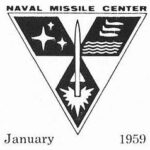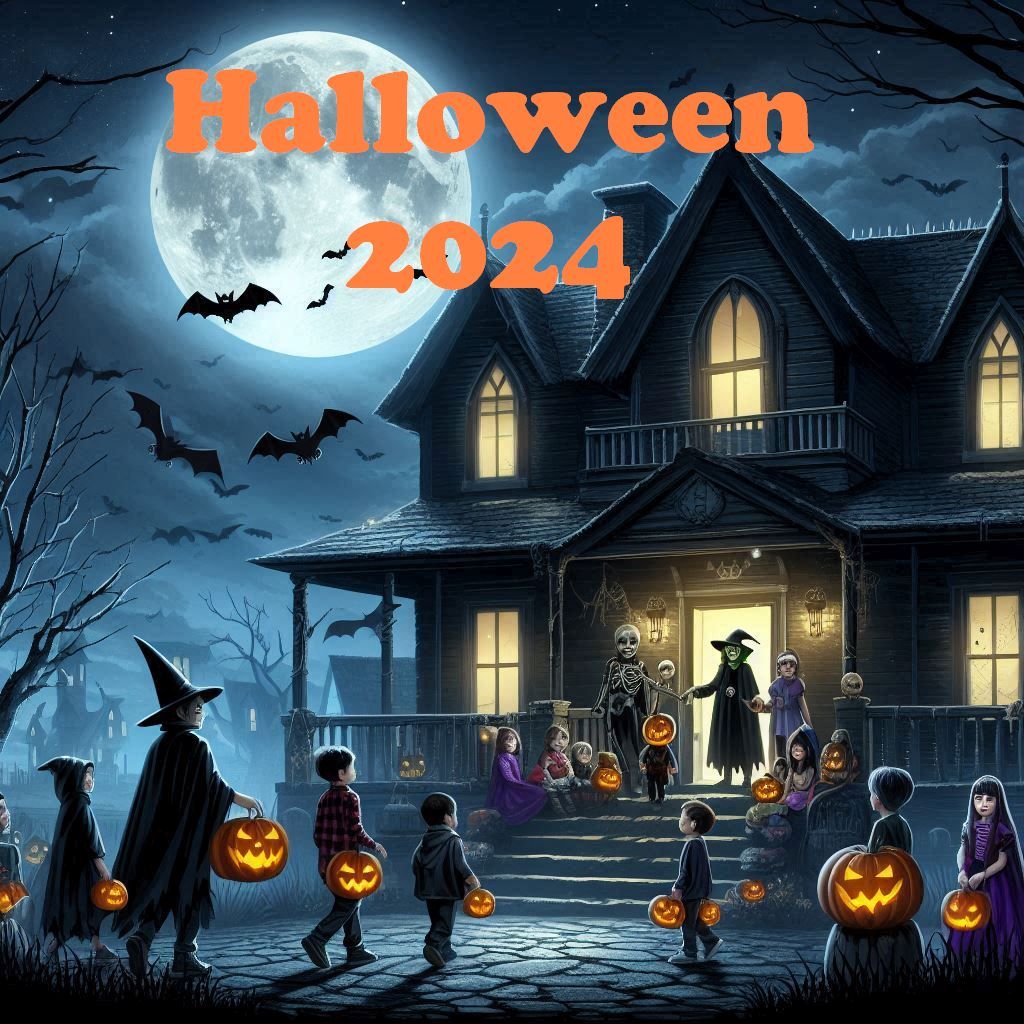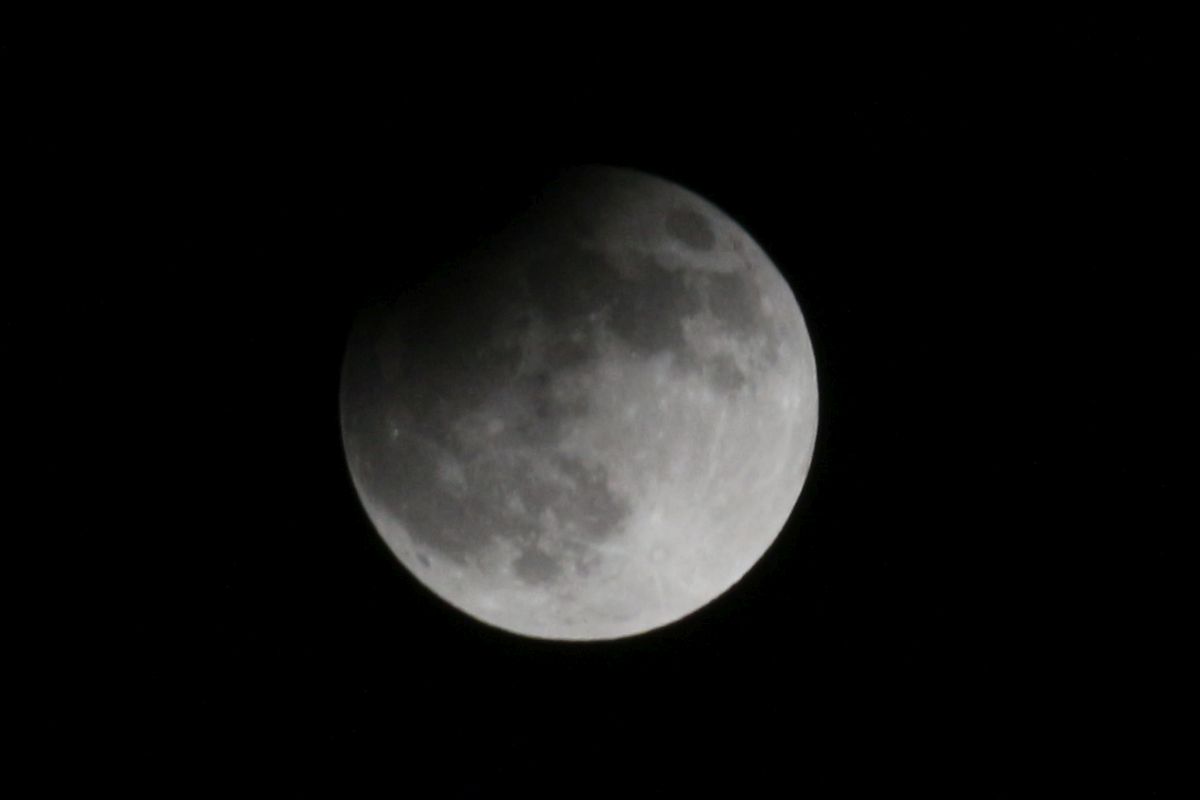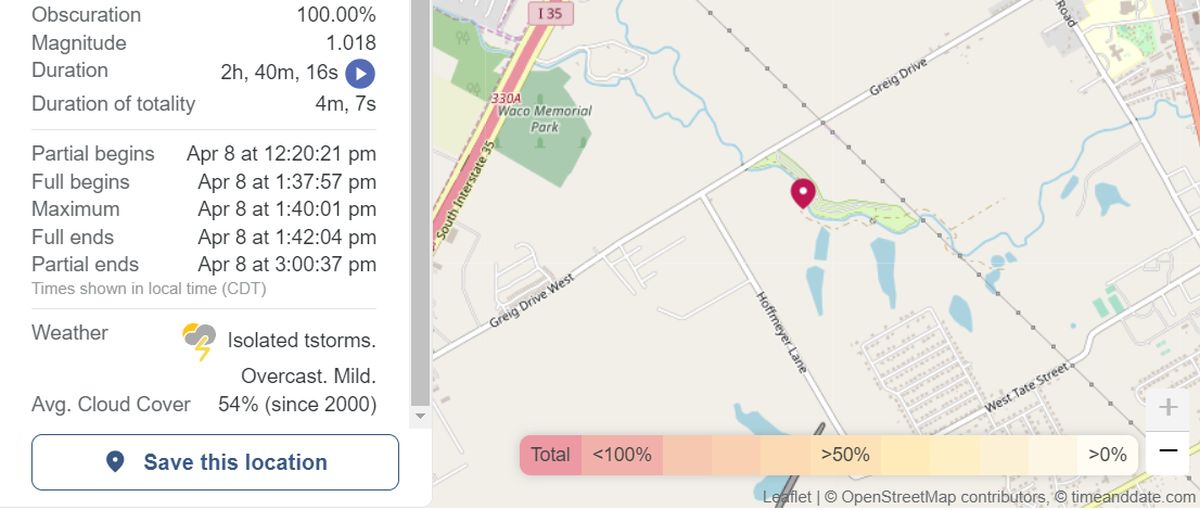 In the second installment of my Navy experience, I alluded as to how I may have had a hand in getting my ultimate assignment to the Targets and Drones Department at the Naval Missile Center. Well, one of the Avionics Techs assigned to Targets was none other than a ham radio acquaintance from my earlier days involvement in the radio hobby in the western Los Angeles County area, Emmett, WA6COT (SK). Emmett found a way to influence the Master Chief Petty Officer, Chief Stringham, to select my name from the list of sailors becoming available in mid-1962. I was assigned to the Targets and Drones flight line as a result.
In the second installment of my Navy experience, I alluded as to how I may have had a hand in getting my ultimate assignment to the Targets and Drones Department at the Naval Missile Center. Well, one of the Avionics Techs assigned to Targets was none other than a ham radio acquaintance from my earlier days involvement in the radio hobby in the western Los Angeles County area, Emmett, WA6COT (SK). Emmett found a way to influence the Master Chief Petty Officer, Chief Stringham, to select my name from the list of sailors becoming available in mid-1962. I was assigned to the Targets and Drones flight line as a result.
The flight line at the Targets Department had two categories of aircraft; looking from the line shack, on the left were “chase” aircraft equipped with remote control systems for the drones, and on the right were the drones themselves, several QF-9G Drone Aircraft. Better known as the Grumman Cougar, these planes were brightly colored with red-orange fluorescent paint, thereby identifying them as drones.

When I checked into the line shack for duty, the chief petty officer in charge assigned me to be a driver, since I was then 20 years old which was enough to qualify for a Navy drivers license. I became qualified to run the various tow tractors and utility vehicles on the line. I also qualified for several other vehicle types including fork lifts, NC-5 mobile power generator carts and what the Navy referred to as a “fox-van” which contained the remote control equipment used for piloting departures and arrivals of drone aircraft.
I spent several months on the Targets Aircraft line tending to the “fleet” of vehicles on the line which I had been put in charge of seeing to their fuel, maintenance and usage. There was an event that took place during my time on the line that was very significant in the history of the USA – the assassination of President John F. Kennedy. For several days prior to JFK’s interment, the base played dirges and other grim music over the 1-MC (public address system). We were sad to hear of the death of the Commander in Chief, but were glad when things got back to normal.
The last few weeks on the aircraft line, I was commissioned as a “plane captain” for one of the QF9G drones and became responsible for this particular airplane to keep it clean, maintained and ready for operation by a live pilot on the airfield. NOLO Operations (no live operator), were restricted to our auxiliary Naval Air Base on San Nicolas Island located 60 NM due south of Point Mugu.
The next (and final) chapter of my service record will account for the time spent as an avionics technician assigned to my actual training as an Aviation Technician Navigation Striker in the avionics shop. Stay Tuned.


 In the
In the 







 When we upgraded this blog to later versions of WordPress a couple of years back, we also upgraded our Spam Filter to
When we upgraded this blog to later versions of WordPress a couple of years back, we also upgraded our Spam Filter to 
